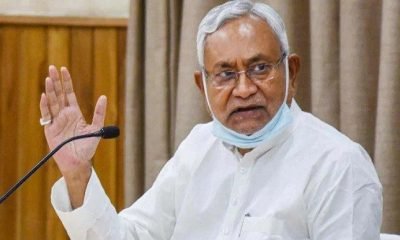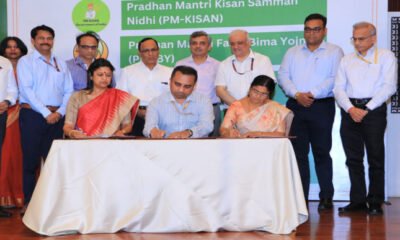National
Regional Disparity In India
Ishika Arya.
India is facing the problem of acute regional imbalances. A region may be known as economically backward as it is indicated by the symptoms like excessive pressure of population on land, too much dependence on agriculture, high incidence of rural unemployment, low productivity in agriculture, absence of basic infra-structural facilities etc. There is growing evidence to show that inter regional (Inter-state and intra-state) disparities in various dimensions of development have remained undiminished in spite of considerable overall development over the last three decades.
An analysis of the regional structure in the country indicates that a variety of factors have singly or jointly, prevented different areas from benefiting adequately from the process of socio-economic development. In several areas, stagnation is attributable to historical reasons. During the Independence era, the areas which were unimportant from the point of view of commercial and political interests received less attention compared to others. This resulted in the creation of ‘pockets’ or ‘enclaves’ of development in the country while the rest of the economy was lagged behind. A dualistic economic structure was promoted. Thus, the poor regions are continually denied their resources. Thus, while the rich regions have a tendency to grow richer, the poor regions are compelled to remain backward. The nature and extent of some of the important kinds of disparities in India can be examined.
There is a growing trend of income disparities among states of India. Per capita state income is the primary indicator to measure the relative economic position of states. In terms of per capita income, Goa occupies the 1st place while Bihar occupies the last position. Bihar has the lowest per capita income for many years now. There exists a high level of disparity in terms of poverty and unemployment. States like Bihar, M.P, Jharkhand ,UP have the highest concentration of poverty population, coexisting with high levels of unemployment.
On the other hand, states having a high per capita income have a low poverty ratio. The pace of industrialization is also an important indicator of regional imbalance. Before independence, West Bengal and Maharashtra were the two most industrialized states of India. But after independence Gujarat, Punjab and Tamil Nadu have developed the industrial sector considerably by developing industrial units of all different sizes. On the other hand, states like Assam. Bihar, Orissa and Uttar Pradesh have been lagging behind in respect of the pace of industrialization. Taken together, the Western region and West Bengal accounted for 63.3 percent of total persons employed, 60.41 percent of gross ex-factory value of output and 63.95 percent of value added by the manufacturing sector of the country. Another important indicator of regional disparities is the differences in the levels of agricultural development between different states of the country. In India, states like Punjab, Haryana- and part of Uttar Pradesh had recorded a high rate agricultural productivity due to its high proportion of irrigated areas and higher level of fertilizer use.
Here is the list of new MHA guidelines for Lockdown 2.0
Due to the adoption of HYVP or New Agricultural Strategy the combined share of Punjab and Haryana in total production of food grains of the country increased from 7.5 per cent in 1964-65 to 16.8 per cent in 1992-93 and more particularly the share in wheat production was as high as 34.3 per cent in 1992- 93 although these two states accounted for only 4.3 per cent of the total population of the country. On the other hand, states like Assam , Orissa showed very low rates of growth. The above data indicates that there is a need of regional planning in removing the disparities. Regional planning is the main instrument through which such optimality is sought to be brought about.
With the overall framework of a national plan, regional planning is designed to formulate measures to assist the growth of certain regions while restraining the growth of others ( if that becomes necessary).
The task is two fold- reduction in regional disparities and ensuring at least a minimum level of subsistence to the majority of people inhabiting the backward areas and living below the level of subsistence.
COVID-19 relief aid- Telangana sanitation worker donates his two months’ salary to CM relief fund
Therefore, regional planning should be given such an orientation as it helps to locate growth centers and growth points in the lagging regions so that the need for the development of such regions can be looked after in a better way. So ,our approach should be to reinforce the developmental process in the weaker regions while at the same time discourage investments in the richer regions beyond what is necessary to maintain the tempo of economic growth.
There are two approaches to regional planning, one is ‘TOTAL’ and the other is ‘SELECTIVE’. In the total regional planning approach, an attempt is made to develop all regions of an economy, while in the selective approach, the attention is concentrated on the development of some regions only. A developing country like India relies on the selective approach in its regional strategy.
Consequently, employment opportunities will expand in the backward regions, per capita income will increase and the incentive to migrate to prosperous regions will decline.
Thus, a sound regional planning must therefore develop growth poles, wherever necessary, decentralize the existing growth concentrations and encourage promotion of viable small towns in rural areas by adopting the policy of widespread industrialization.























